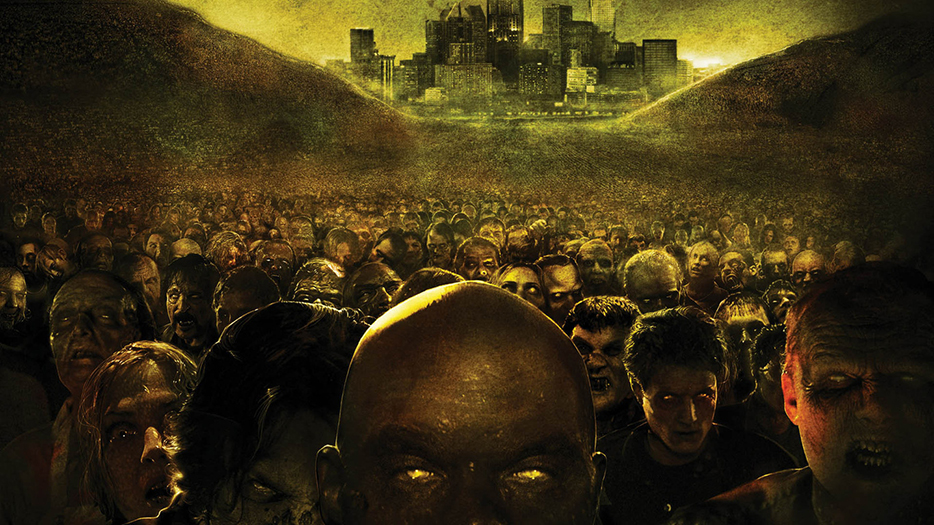How the CDC Harnessed the Zombie Trend for Disaster Awareness Campaign
Author: Monica Stadtler | Filed under: UncategorizedZombies have made their way out of pure horror and into mainstream pop culture. Most everyone has a preferred weapon of choice should the zombie apocalypse come upon us, and those who don’t, well, we all know they’ll be the first to go. What once was simply the stuff of nightmares has now become inevitable – and when the zombies come, we’ll be ready.
So, if everyone’s ready for this so called apocalypse, why can’t they be ready for a very real disaster, like a hurricane, tornado or earthquake? This was the Centers for Disease Control’s thought when they came up with the idea for their Zombie Preparedness Campaign. In May of 2011, a group of employees responsible for the awareness campaigns saw a few tweets comparing a recent tsunami to zombies, and the Zombie Awareness Campaign was born.
The campaign consists of a blog post, several posters, a graphic novel, an educator’s website and various social media, and uses the Diffusion of Innovation theory. While a disaster preparedness kit isn’t an innovation, it still follows the five steps of the theory.
- Awareness and Interest
The first two steps happen fairly simultaneously when it comes to this campaign. The CDC was aiming for a younger target audience with this campaign, one that was more media savvy than the generation before them – and boy did they reach it. By the evening of the day the first blog post went live, it reached 30,000 hits, which is about ten times more than any other CDC blog post receives. It was enough to crash the website. The target audience’s interests in zombies led them to be aware of the campaign, and many who may have stumbled upon the blog post gained interest because of the subject matter. The two steps feed each other, especially now that the first result when Googling “preparing for the zombie apocalypse” is the Preparedness 101 blog.
- Evaluation and Trial
Any zombie fan can easily find the usefulness in having a disaster plan – many of them know exactly what they’d do if the zombie apocalypse finally came upon us. The trial period for a campaign such as this one is completed when the target audience simply talks to one another about it.
- Adoption
The last step in the theory is completed when someone completes a preparedness kit and discusses a disaster plan with their family, loved ones, roommates, or anyone else important in their lives.
The Zombie Awareness Campaign is public relations because it is deliberate and planned, and even offers lines of two-way communication by way of a video contest and blog comments. Its purpose is to bring awareness to the public about a very real threat, and communicates the CDC’s message in a way that reaches a whole new audience. As stated on the campaign’s main page: As it turns out what first began as a tongue in cheek campaign to engage new audiences with preparedness messages has proven to be a very effective platform. We continue to reach and engage a wide variety of audiences on all hazards preparedness via Zombie Preparedness; and as our own director, Dr. Ali Khan, notes, “If you are generally well equipped to deal with a zombie apocalypse you will be prepared for a hurricane, pandemic, earthquake, or terrorist attack.”


Leave a Reply